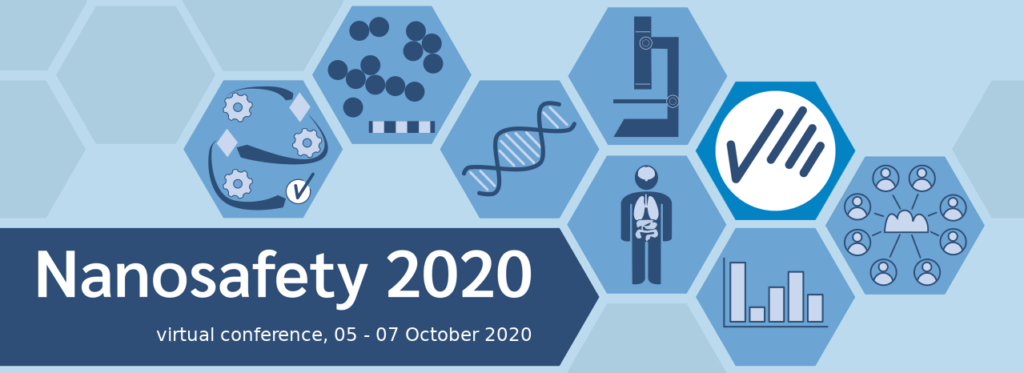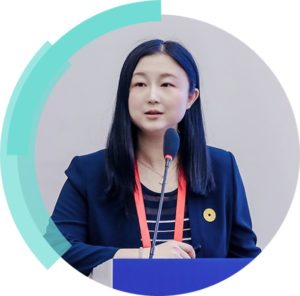 Alexander Gundlach-Graham obtained his Ph.D. in 2013 from Indiana University under the supervision of Prof. Gary Hieftje. His Ph.D. research focused on the development of distance-of-flight mass spectrometry. In 2014, Alex joined the group of Prof. Detlef Günther at ETH Zurich as a Marie Curie Postdoctoral Scholar. At ETH, his research centered on the combination of laser ablation with inductively coupled plasma time-of-flight mass spectrometry (ICP-TOFMS) for high-resolution elemental imaging and on the detection of engineered nanoparticles by single-particle ICP-TOFMS. Since 2019 he has been an Assistant Professor at IOWA State University, where his research now focuses on the development and application of atomic mass spectrometry (MS) to address current measurement challenges in environmental and bioanalytical sciences.
Alexander Gundlach-Graham obtained his Ph.D. in 2013 from Indiana University under the supervision of Prof. Gary Hieftje. His Ph.D. research focused on the development of distance-of-flight mass spectrometry. In 2014, Alex joined the group of Prof. Detlef Günther at ETH Zurich as a Marie Curie Postdoctoral Scholar. At ETH, his research centered on the combination of laser ablation with inductively coupled plasma time-of-flight mass spectrometry (ICP-TOFMS) for high-resolution elemental imaging and on the detection of engineered nanoparticles by single-particle ICP-TOFMS. Since 2019 he has been an Assistant Professor at IOWA State University, where his research now focuses on the development and application of atomic mass spectrometry (MS) to address current measurement challenges in environmental and bioanalytical sciences.
Read Alexander’s Emerging Investigator Series article “Emerging investigator series: automated single-nanoparticle quantification and classification: a holistic study of particles into and out of wastewater treatment plants in Switzerland” (Open Access) and read more about him in the interview below:
Your recent Emerging Investigator Series paper focuses on automated single-nanoparticle quantification and classification. How has your research evolved from your first article to this most recent article?
I’ve been doing research in mass spectrometry for a while now, but the focus of my research has shifted quite a bit. My Ph.D. research, which was in the group of Gary Hieftje at Indiana University, focused on the design, construction, and demonstration of a distance-of-flight mass spectrometer. This was an instrumentation-heavy research project, and I really benefited from learning—at a basic level—operation principles of mass spectrometry instruments. In my post-doc, which was at the ETH Zürich in the group of Detlef Günther, I began working on inductively coupled plasma time-of-flight mass spectrometry (ICP-TOFMS) for laser-ablation imaging applications. Now, I continue to work with ICP-TOFMS, but I focus more on single- (nano)particle characterization. A common theme in my research has been the use of atomic mass spectrometry to develop new measurement strategies.
What aspect of your work are you most excited about at the moment?
I am excited about how we continue to improve our understanding of the single-particle measurements and about our work toward developing robust solutions for the high-throughput analysis of diverse nanoparticles. I hope that our methods will be adopted by members of the growing single-particle ICP-TOFMS research community. I am excited about sharing our research and seeing where it goes as more minds get involved. I think sp-ICP-TOFMS will be a key approach going forward as we, and other researchers, continue to expand our understandings of the presence and fate of anthropogenic and natural nanomaterials in the environment.
In your opinion, what are the most important questions to be asked/answered in this field of research?
Even with the development of sp-ICP-TOFMS, the quantification of anthropogenic nanomaterials in particle-rich environmental samples remains a challenge. From an analytical perspective, I think that this measurement challenge needs to be resolved in order to build robust and accurate models of the fate and transport of anthropogenic particles in the environment. This is essential for any monitoring of nano-pollution. The major challenges here are mass-based detection limits and dynamic range, we still do not have an approach that can measure very small (<10 nm) nanoparticles while also quantifying these nanomaterials across large number concentrations (~100-107 particle/mL) and against particle backgrounds.
What do you find most challenging about your research?
Our biggest challenge is data interpretation. We have now developed robust ways to find and quantify elements in nanoparticles; however, our tools for interpreting this data are at an early stage. We put a lot of effort in developing approaches to streamline and improve classification of nanoparticle types.
In which upcoming conferences or events may our readers meet you?
I hope that we are able to start attending conferences in person soon; I’m looking forward to meeting colleagues and engaging in impromptu discussions once again. My conference schedule is still tentative, but I plan to attend the ICEENN conference in Montreal in August, SciX in Rhode Island in September and Winter Plasma Conference in Florida in January of 2022.
How do you spend your spare time?
Pretty much all of my non-working moments are spent with my family. My partner, Abi, and I have two children: 6 and 4 years old. Like many families, we’ve spent a lot of time together in the last year. We like to go on walks, read books, and cook.
Which profession would you choose if you were not a scientist?
I would be a baker. Cooking is one of my hobbies, though I don’t spend as much time or creative energy on it as I would sometimes like. I don’t make all of my family’s day-to-day bread, but I do a variety of baking: from pizzas, to Swiss “Butterzopf” on the weekends, to (occasionally) sour-dough rye.
Can you share one piece of career-related advice or wisdom with other early career scientists?
My advice to early career scientists would be to trust in their own intuition and explore research areas that are inherently fascinating to them. Research usually involves a mixture of failures and successes; curiosity-driven research makes navigating the downtimes in research more manageable and the fruitful times more satisfying. “Listening” to your own scientific interests will help you develop specific scientific expertise that allows you to tackle science questions/problems from unique, innovative, perspectives.
Comments Off on Emerging Investigator Series: Alexander Gundlach-Graham



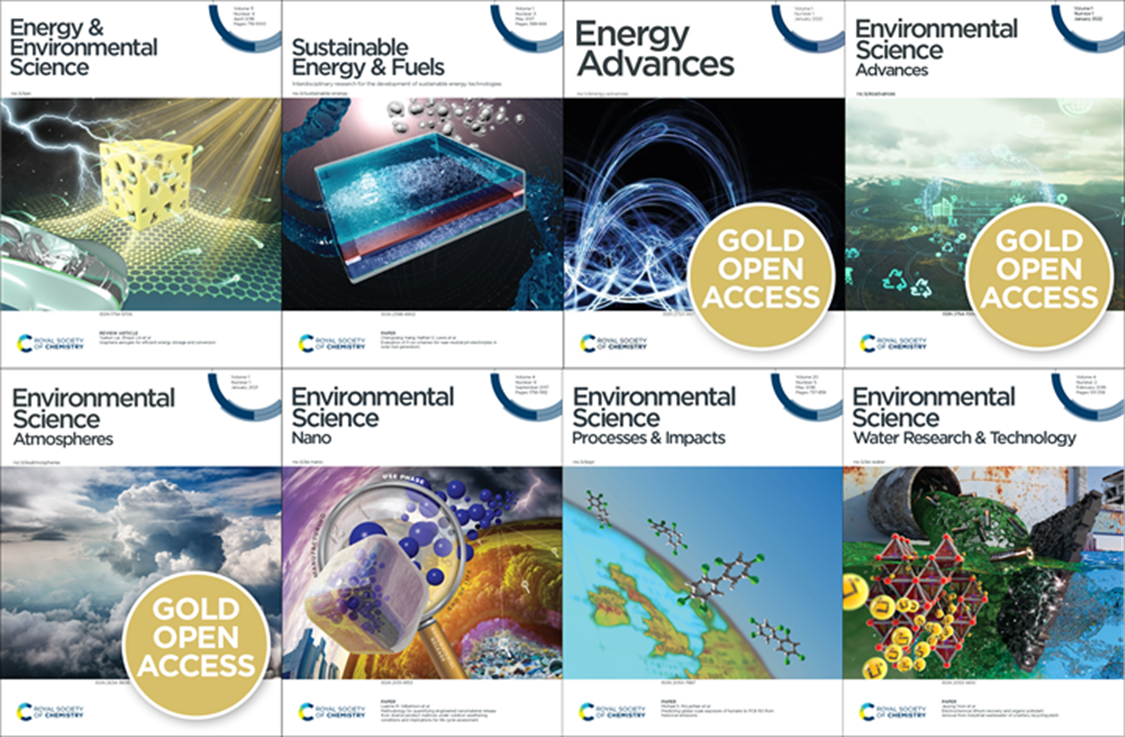









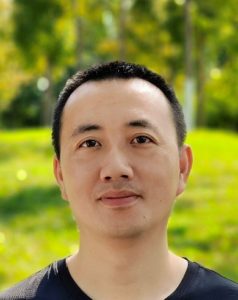
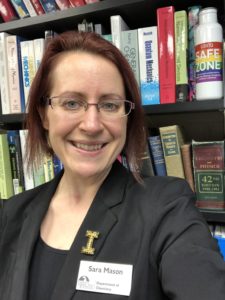

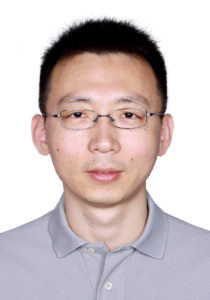
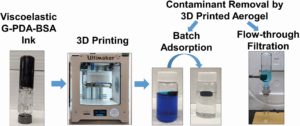
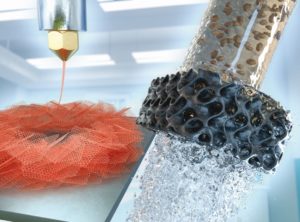
 Alexander Gundlach-Graham obtained his Ph.D. in 2013 from Indiana University under the supervision of Prof. Gary Hieftje. His Ph.D. research focused on the development of distance-of-flight mass spectrometry. In 2014, Alex joined the group of Prof. Detlef Günther at ETH Zurich as a Marie Curie Postdoctoral Scholar. At ETH, his research centered on the combination of laser ablation with inductively coupled plasma time-of-flight mass spectrometry (ICP-TOFMS) for high-resolution elemental imaging and on the detection of engineered nanoparticles by single-particle ICP-TOFMS. Since 2019 he has been an Assistant Professor at IOWA State University, where his research now focuses on the development and application of atomic mass spectrometry (MS) to address current measurement challenges in environmental and bioanalytical sciences.
Alexander Gundlach-Graham obtained his Ph.D. in 2013 from Indiana University under the supervision of Prof. Gary Hieftje. His Ph.D. research focused on the development of distance-of-flight mass spectrometry. In 2014, Alex joined the group of Prof. Detlef Günther at ETH Zurich as a Marie Curie Postdoctoral Scholar. At ETH, his research centered on the combination of laser ablation with inductively coupled plasma time-of-flight mass spectrometry (ICP-TOFMS) for high-resolution elemental imaging and on the detection of engineered nanoparticles by single-particle ICP-TOFMS. Since 2019 he has been an Assistant Professor at IOWA State University, where his research now focuses on the development and application of atomic mass spectrometry (MS) to address current measurement challenges in environmental and bioanalytical sciences.




